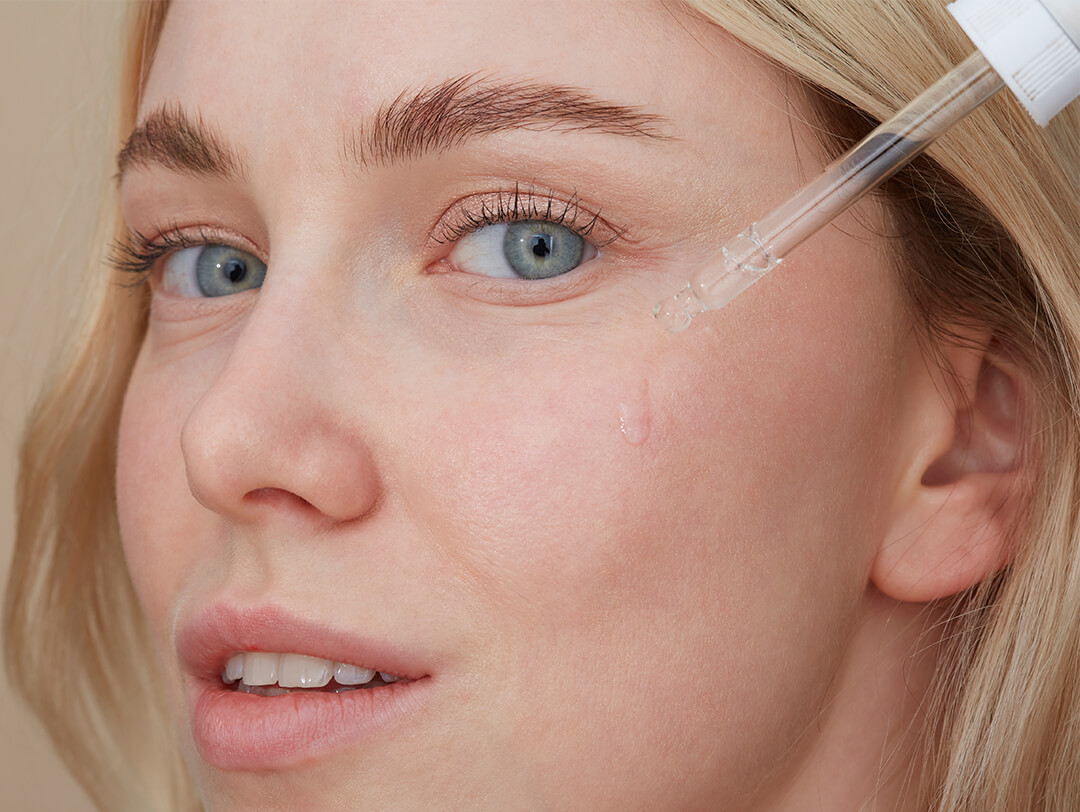There are many different types of acids on the market. Those that can be purchased for home use are often slightly milder than those used in salons. Yes, you’ve read that right! Some acids can be used on the skin and that’s exactly what we are going to uncover in today’s post. Enjoy the reading!
AHAs (alpha hydroxy acids)
AHAs are made up of several different types of acids that have in common that they even out skin tone and irregularities. They are a group of acids that are naturally found in sugar cane, milk and fruit. AHA acids are primarily exfoliating to varying degrees.
Glycolic acid, produced from sugar cane or synthetically, is the AHA that penetrates the skin most effectively. It effectively exfoliates and removes dead skin cells and stimulates cell renewal. It prevents dryness of the skin and minimizes wrinkles and fine lines. It is good for aging skin.
Lactic acid is made from acidic dairy products and fermented fruits. This acid is a little milder than glycolic acid, but it exfoliates the skin well. It also has the property of binding moisture and having a balancing effect on combination/oily skin. Lactic acid is also good for pigmentation and visible pores.
Mandelic acid is extracted from bitter almonds and is a milder acid because it has larger molecules. It is suitable for both sensitive skin and adult acne as it has antibacterial and anti-inflammatory properties.
BHA (beta hydroxy acid)
The most common BHA is salicylic acid, which is extracted from willow. It soothes the skin, has anti-inflammatory properties and reduces redness. Because BHA is fat-soluble, it penetrates better into the sebaceous glands and thus prevents the appearance of blackheads. This acid is particularly indicated for slightly oily skin and for acne.
PHA (Poly Hydroxy Acid)

This is gluconolactone and lactobionic acid, which are sugar acids. Since this type of acid has larger molecules than AHA acids, it is gentler on the skin because it works more slowly and does not exfoliate the skin as strongly. In addition, it binds a lot of moisture and has antioxidant properties for the skin. This acid is the mildest of the acids and evens out skin tone. People with sensitive skin, dry skin or rosacea can benefit from this type of acid.
Lipoic Acid (ALA)
Lipoic acid/alpha lipoic acid is a natural acid that has a strong antioxidant effect on the skin – the fact is that it is 400 times more powerful an antioxidant than vitamins C and E. This acid does not exfoliate the skin like AHA, BHA and PHA do.
It is an important antioxidant that works in the body’s cells, both in water and fat soluble tissues.
Research shows that lipoic acid penetrates the skin within 2 hours. This means that the substance is present in the dermis in sufficient concentrations to stimulate the formation of new fibroblasts (skin cells). The fibroblasts in turn produce new collagen and elastic threads, which improves the skin’s elasticity and resilience. Suitable for aging and sun-damaged skin.
Hyaluronic Acid (HA)
Despite its name, hyaluronic acid is not really an acid but a kind of sugar. It is nowadays mainly produced synthetically. Hyaluronic acid is a substance specific to the body, but its production decreases like many other things with age. This substance has the unique ability to bind water and thus give volume to the skin. Its molecules are too large to penetrate the skin barrier and what happens when you add hyaluronic acid to a cream is that it settles on the surface of the skin, binds with water and thus keeps the surface of the skin soft. For people with sensitive, water-poor skin, hyaluronic acid is perfect, but it is beneficial for all skin types.
There you are! You now know more what the acids use for each skincare need are. What are your thoughts on using one of these acids on your skin? Let us know in the comment section below.


